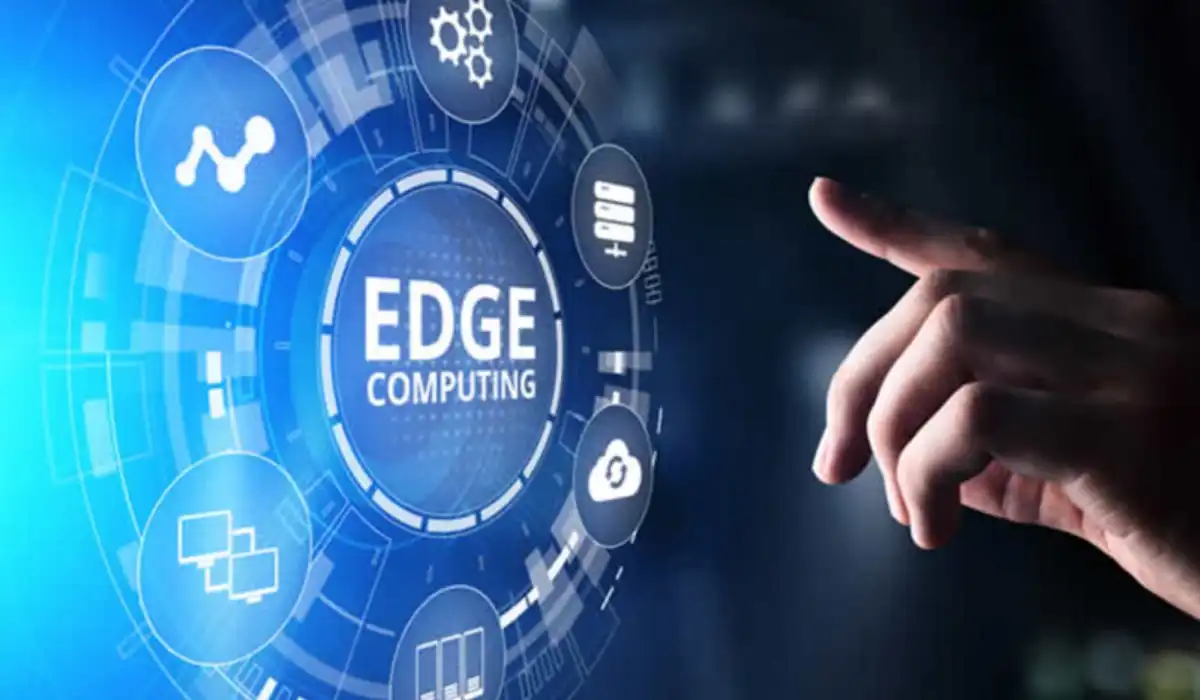In a world where milliseconds matter, especially in applications like e-commerce, gaming, video streaming, and IoT, traditional cloud models are hitting performance roadblocks. Enter Edge Computing—a game-changing technology that’s bringing processing power closer to the user, ensuring faster response times and tighter security.
For Indian developers, startups, and enterprises, understanding and leveraging edge computing can lead to significant gains in speed, performance, and customer satisfaction. Whether you’re building a mobile app, deploying an IoT system, or launching a video platform, edge computing can give your architecture a competitive edge.
What is Edge Computing?
Edge computing is a distributed computing paradigm that processes data near the source—at the “edge” of the network—rather than relying solely on centralized cloud servers. The goal is to reduce latency, increase speed, and improve reliability.
How It Works:
Instead of sending all data to a remote data center, edge computing processes data on local edge devices, such as:
- Edge servers
- Gateways
- IoT devices
- Content delivery networks (CDNs)
This results in faster data processing and reduces the load on cloud infrastructure.
Why Is Edge Computing Gaining Popularity?
Several tech trends are driving the rise of edge computing in 2025:
- 5G Networks: Ultra-fast and low-latency connections enable edge devices to operate efficiently.
- IoT Explosion: With billions of connected devices, processing data locally becomes essential.
- Remote Work and Hybrid Models: Applications need to perform reliably across geographies.
- Data Privacy Concerns: Edge processing allows sensitive data to remain local, reducing risks.
According to IDC, by 2025, 75% of enterprise-generated data will be created and processed at the edge, not in centralized data centers.
Edge Computing for Indian Developers and Startups
India’s massive digital user base and rapidly growing tech infrastructure make it an ideal ground for edge computing. Here’s why it matters:
Benefits for Indian Context:
- Low-latency apps for rural and Tier 2/3 cities
- Improved video streaming and OTT performance
- Smart cities and IoT deployments
- Secure processing of healthcare and fintech data
With India’s 5G rollout, edge computing will play a key role in improving app experiences for mobile-first users.
Advantages of Edge Computing
1. Ultra-Fast Performance
Processing data closer to users reduces latency. This is especially beneficial for:
- Real-time apps (e.g., stock trading, multiplayer games)
- Augmented/Virtual Reality experiences
- Video conferencing platforms
2. Enhanced Data Security
Edge devices can analyze data locally and transmit only what’s necessary, reducing risks of data breaches.
3. Bandwidth Optimization
Not all raw data needs to be sent to the cloud. Local processing reduces bandwidth usage and server costs.
4. Scalability for IoT
As devices increase, edge architecture allows distributed processing, reducing central cloud dependency.
Use Cases of Edge Computing in 2025
| Industry | Use Case |
| Healthcare | Remote patient monitoring & diagnostics |
| Retail | In-store analytics & smart checkouts |
| Manufacturing | Predictive maintenance using IoT sensors |
| Gaming | Real-time multiplayer gaming |
| Fintech | Fraud detection & secure payment gateways |
Edge vs Cloud vs Hybrid: What’s the Difference?
| Feature | Edge Computing | Cloud Computing | Hybrid Approach |
| Processing | Near the user/device | Centralized data centers | Mix of both |
| Latency | Very low | Higher due to distance | Balanced |
| Data Privacy | More secure locally | Depends on cloud provider | Customizable |
| Scalability | Depends on devices | Highly scalable | Flexible |
In 2025, many Indian companies are moving toward a hybrid cloud-edge architecture to get the best of both worlds.
Tools and Platforms Supporting Edge Computing
For developers looking to explore edge computing, here are some platforms and tools to consider:
- AWS Wavelength – Brings AWS services to the edge of 5G networks
- Azure IoT Edge – Deploy cloud intelligence to edge devices
- Cloudflare Workers – Run JavaScript code at edge nodes
- Google Distributed Cloud Edge – Suitable for AI, ML, and 5G apps
- Raspberry Pi / NVIDIA Jetson – Affordable local devices for prototyping
Challenges to Keep in Mind
While edge computing has immense benefits, it’s not without challenges:
- Device Management: Maintaining software on many edge devices
- Security Risks: Each edge node can become a potential attack point
- Integration Complexity: Merging edge with cloud and legacy systems
- Skill Gap: Requires knowledge of distributed systems, containers, and DevOps
That said, with proper planning and infrastructure, these challenges can be managed effectively.
Real-World Example: Edge in Indian Context
Reliance Jio’s 5G rollout in India has been paired with edge computing to improve user experiences for JioCinema and JioMeet. These services leverage edge nodes to reduce buffering and improve real-time data handling.
Another example is Tata Power’s smart grid systems, which use edge analytics for real-time energy management.
Edge Computing Trends in 2025
- AI at the Edge: Running machine learning models locally for real-time insights
- Edge + Blockchain: Secure transaction processing in decentralized systems
- Zero Trust Security Models: Enhanced authentication at the edge level
- Developer-Friendly Frameworks: Rise of tools like EdgeX Foundry and Open Horizon
Read Also: Microservices vs Monoliths in 2025: Which Architecture Wins for Your Next Project?
Conclusion: Should You Go Edge?
Edge computing is not just a buzzword—it’s becoming a necessity in modern software architecture. For Indian developers, startups, and enterprises, embracing edge computing can lead to faster, smarter, and more secure applications that meet the demands of today’s digital users.
Whether you’re building a next-gen mobile app, an IoT solution, or an AI-powered platform, edge computing gives you the performance and agility that traditional cloud models alone can’t offer.
Final Takeaway:
Start small—experiment with hybrid models or integrate edge nodes where latency or security matters most. The edge is not the future. It’s already here.





